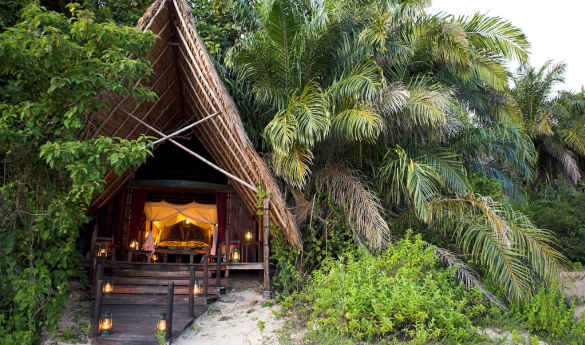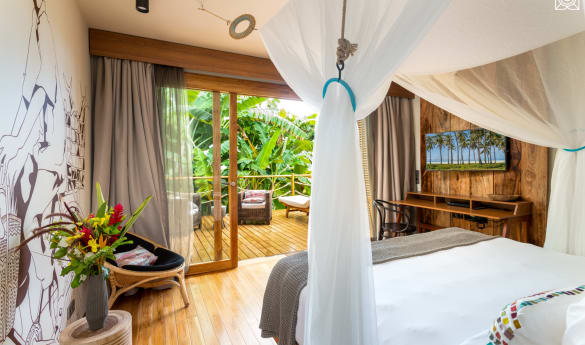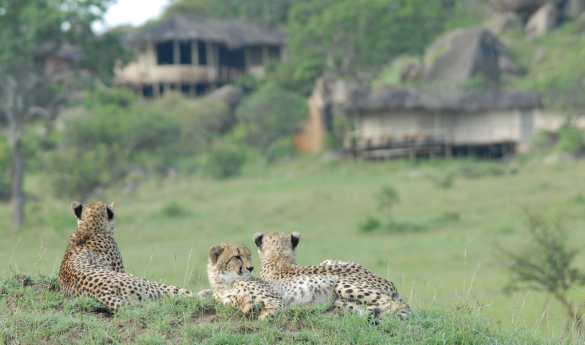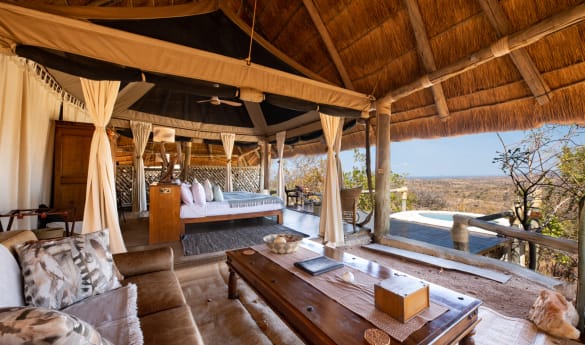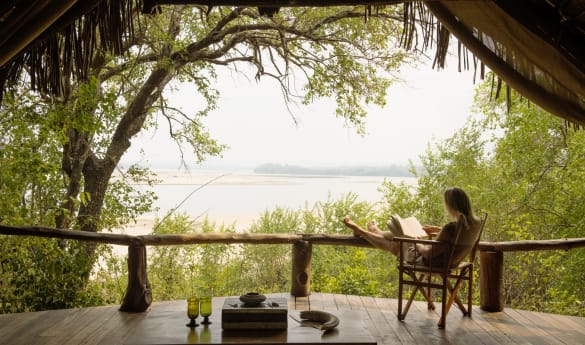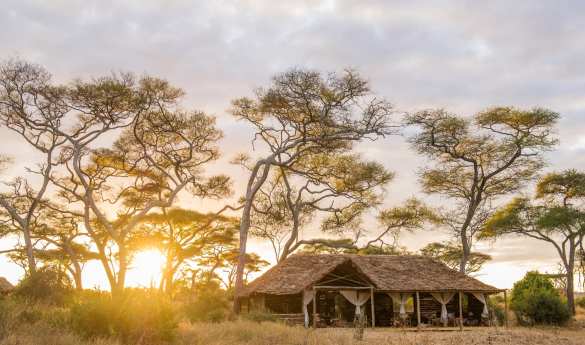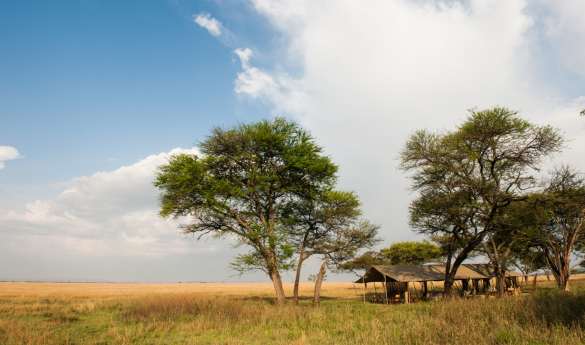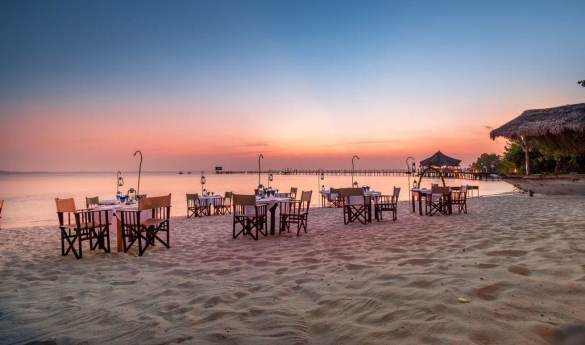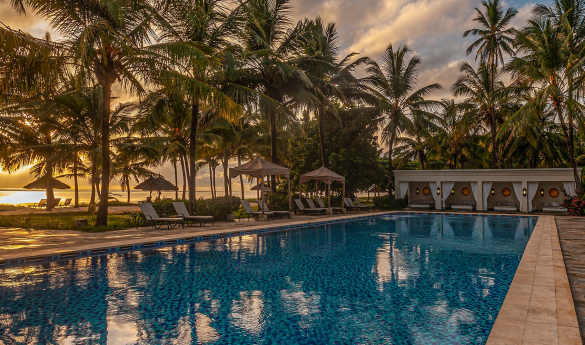Hotels in Tanzania
With such a vast amount of land, parks, and coastline, Tanzania is filled with accommodation as varied as its landscapes. Our curated portfolio of properties will showcase exactly the experience you’re after in each location. From rustic and authentic mobile camping outfits, to luxury tented camps, and truly stunning luxury lodges and resorts, your home base can be as unique as the ecosystem in which it sits.

Tanzania is a wildly popular destination, and one of favourite ways to explore it is to handpick properties that give us the best wildlife or beach experience, without the crowds. You have the option to enjoy an outdoor shower as a herd of elephants wander past, or you may feel more comfortable with proper air conditioning and a private butler. The beauty of the Tanzania hotels available is that you can have either, or both, and more. We are here to make your dream properties come to life in this stunning land.
Filter
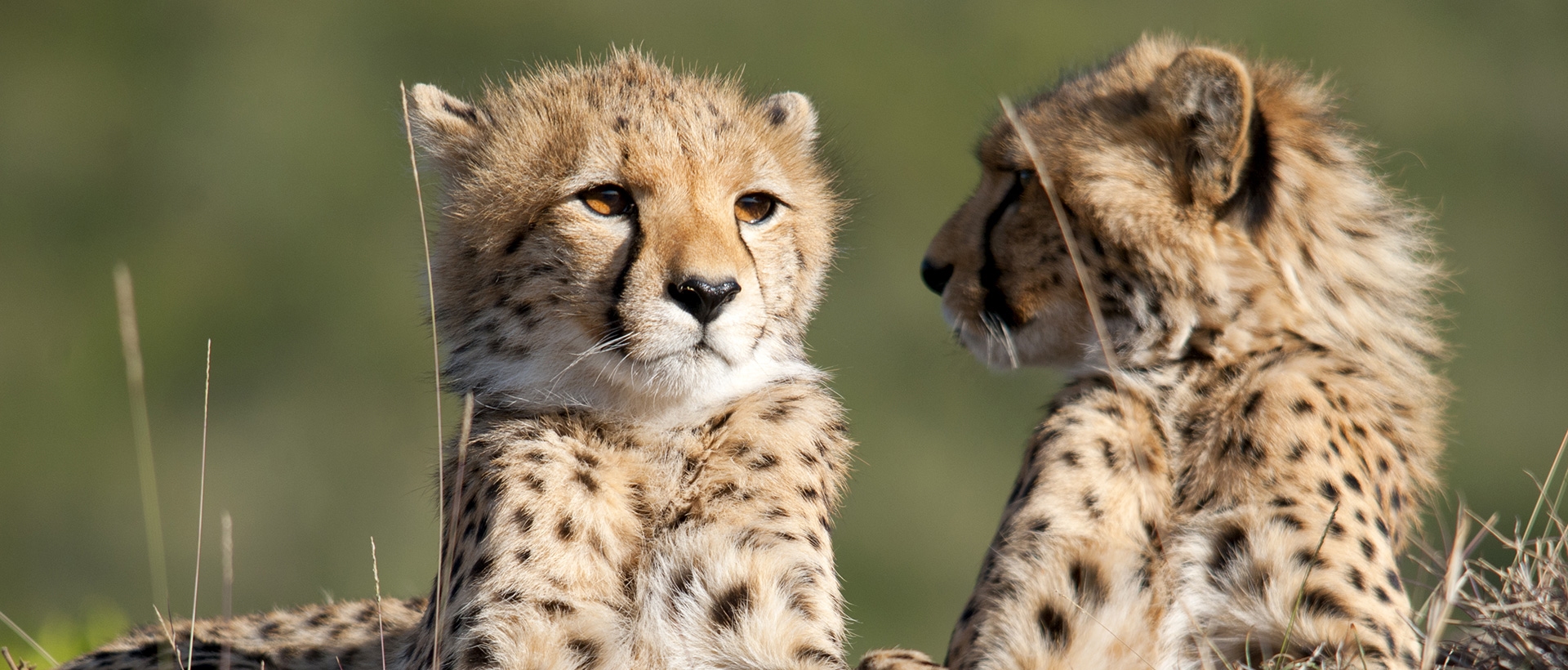
Our team of travel specialists are waiting to help you book your next adventure.
